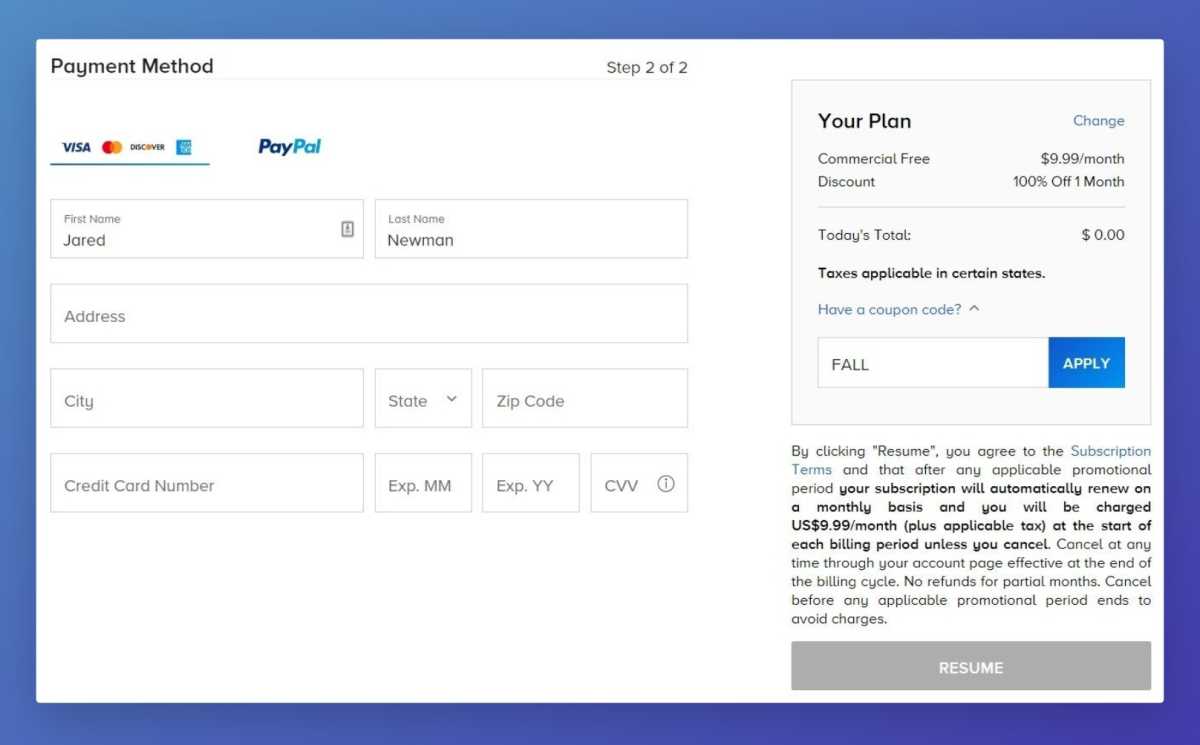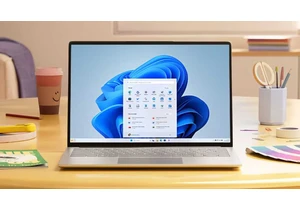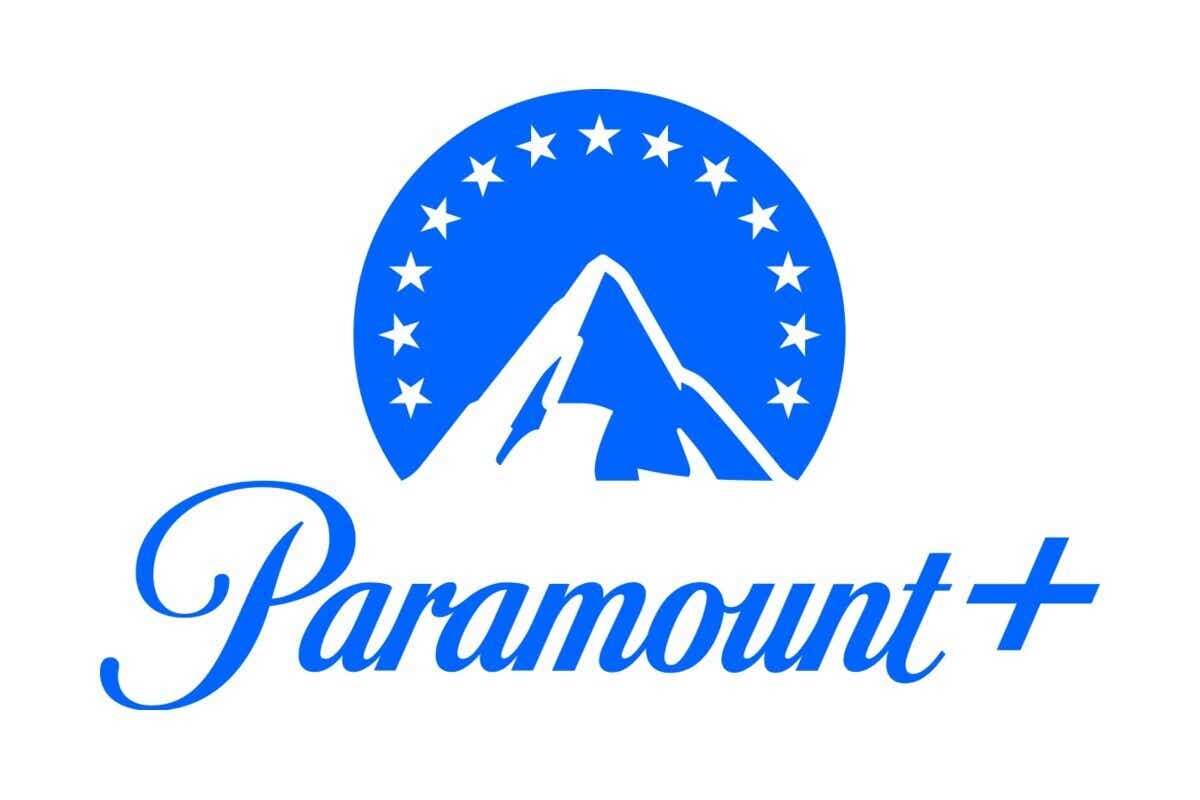Here’s a funny thing I can talk about now that it’s finally over: For the past few years, a sizeable group of folks were getting Paramount+ for free with no hassles.
Those in my little tech community affectionately referred to this as the “Paramount+ Pit.” No one knew exactly how it happened, but after cancelling the service, some users found that they retained ongoing access with no charges on their credit cards. This happened to me with two different email addresses, and I’ve heard from 10 other readers that experienced the same phenomenon. Another 15 commenters on the Doctor of Credit website say the same thing happened to them.
But last week, the free Paramount+ Pit party unceremoniously ended, and those who’d been getting Paramount+ for free started seeing prompts to pay up. Tough timing, too, as Paramount had just ended a promo that offered two months for $1 per month—though it’s hard to complain after three years of free service.
I bring this up not merely to clown on Paramount, but to bring up a broader point about the state of streaming TV. While streamers were once happy to look the other way on various free or cheap loopholes in the name of growth, they’re now getting serious about turning a profit with regularly paying customers.
No more Paramount+ codes, either.
Even outside the Paramount+ Pit, getting free access used to be trivial. Starting in 2020, the service (still known as CBS All Access) started handing out promo codes for a free month of service, with new codes coming out at least once per month.
These codes weren’t just for new customers either. They also worked for returning subscribers, and savvy cord-cutters quickly realized they could repeat the pattern of redeeming a free month, immediately cancelling, and then signing up again with a fresh code when the trial period expired.

Jared Newman / IDG
When I asked ViacomCBS (which later rebranded to Paramount) about this back in 2020, a spokesperson said the company was having plenty of success turning free trials into paying customers. I took that as a cue to implore people not to pay for Paramount+, and for years kept readers posted on the latest free month codes.
That racket started to run its course last year, when the steady flow of free codes turned into a slow drip. Later, Paramount+ started offering unique links instead of promo codes, and I started hearing from readers who couldn’t redeem the offers at all, citing cryptic error messages.
All this brings us to last week, when Paramount finally gave longstanding freeloaders the boot. With no new codes to fall back on, the free ride has finally come to an end. (Paramount has not responded to a request for comment.)
Want to sign up for paramount+?
More discounts running out
Paramount+ isn’t alone in pulling back on freebies and discounts.
Apple, for instance, used to offer three-month trials for its Apple TV+ streaming service through Best Buy and Target Circle, no purchase necessary. Some users even had luck signing up multiple times, or with different members of a Family Sharing group. Apple got rid of those third-party trial offerings last year (though it still offers some of its own).
Peacock discounts have also become more sporadic. A couple years ago, I encouraged folks not to pay full price for the service, because it regularly offered promo codes that cut the price down considerably. Peacock’s last sale in 2025 was in May, and the last one before that was during Black Friday. The service has occasionally offered three-month trials, but those seem less likely now that Peacock is raising its prices.
What’s next
Streaming services are unlikely to move away from discounts and free trials outright, because they’re still an effective way to bring in new subscribers. They’ll just get smarter about how they do it.
The recent Paramount+ sale that offered two months for $1 per month is instructive. It’s not a long-term discount, but it’s also one that lasts longer than a single billing cycle. That means you can’t just sign up and immediately cancel, as you’ll lose out on the second month of the promo. (Of course, a limited-use payment card can help with that.)
But the bigger trend will be toward bundling multiple services together at a discount. Disney and Warner Bros. Discovery have their joint bundle of Disney+, Hulu, and Max, while DirecTV has its MyEntertainment package that includes the same three services and a mix of non-sports cable channels. ESPN’s forthcoming streaming service will almost certainly lead to some new sports-centric bundles. Comcast, meanwhile, offers a $15-per-month bundle of Netflix, Peacock, and Apple TV+, and it says it will sell more discounted bundles later this year.
Saving money on streaming, then, will be less about sneaky freebies and more about finding the most cost-effective bundles. But I’ll keep looking for loopholes either way. If the past few years have taught me anything, it’s that traditional media companies do not run the tightest of streaming ships.
Sign up for Jared’s Cord Cutter Weekly newsletter for more money-saving streaming advice.
Autentifică-te pentru a adăuga comentarii
Alte posturi din acest grup

Microsoft has added an OCR function (Optical Character Recognition) t

If you’re reading this anywhere outside of China, you probably haven’

While AMD jacked up the price of its Threadripper Pro chips to equal

First there was Clippy. Now Microsoft Copilot has a face, with reacti




